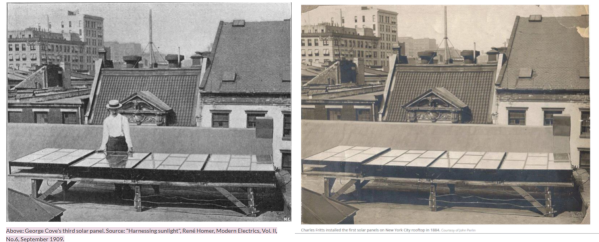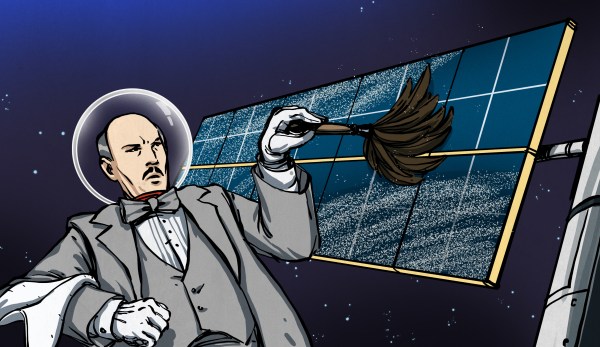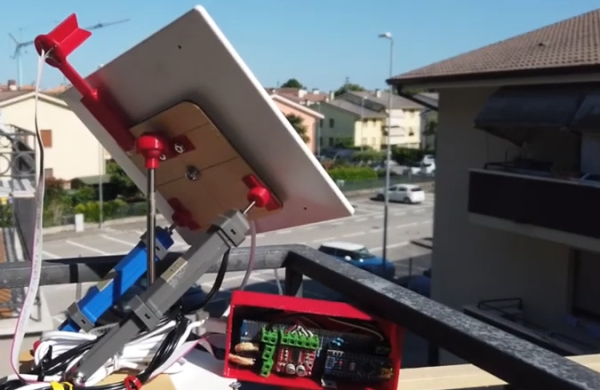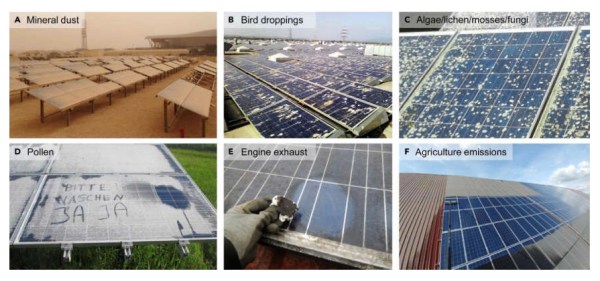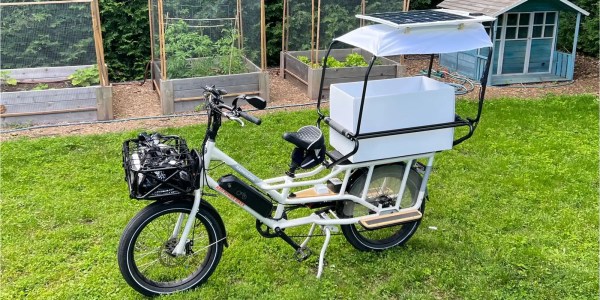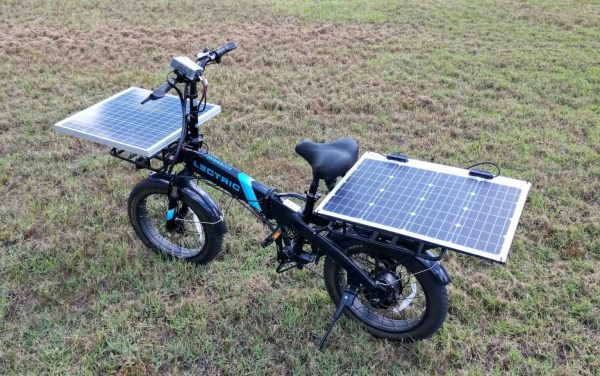Many plants are capable of tracking the sun in order to get the most possible light. [hannu_hell] built a solar powered sculpture that replicates this light sensitivity for the benefit of better charging its own batteries, allowing it to run theoretically indefinitely where suitable light was available.
The 3D-printed flower features six movable petals mounted on an articulated stem. The flower’s leaves themselves bear solar panels that collect energy, analogous to leaves on a plant. A Raspberry Pi Pico is at the heart of the show, which is outfitted with a DS1307 real-time clock and a ST7735 TFT display for displaying date and time information. It’s also responsible for controlling servos that aim the flower’s solar panels towards the brightest light source available. This is achieved by using the Pico to read several photoresistors to determine light levels and adjust the leaves accordingly.
It’s a fun build, and one that could teach useful lessons relevant to even large-scale solar arrays. Video after the break.


